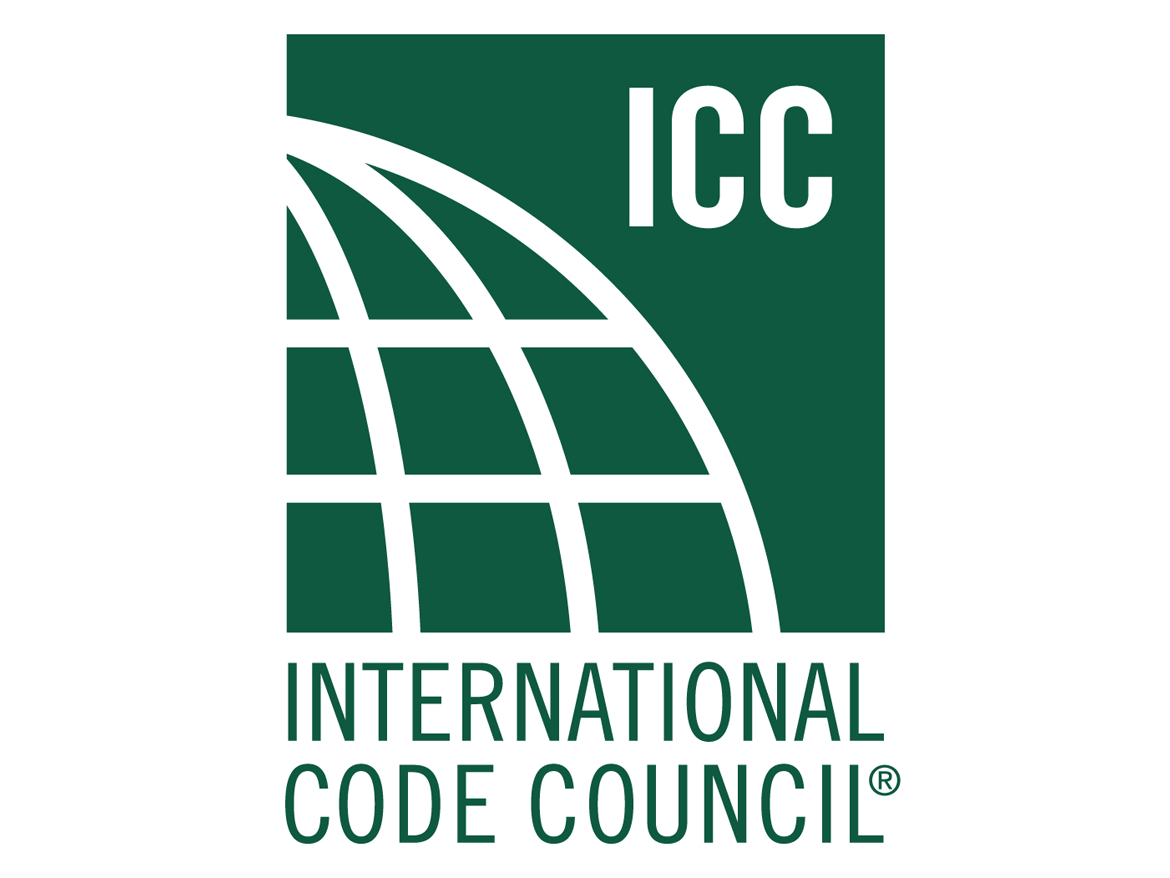Magnesium Oxide (MgO) Floor Panels for Multifamily Buildings
A streamlined approach to achieve acoustics and fire-resistance
Sponsored by Huber Engineered Woods | Presented by Emily Happel
Webinar On-Demand
All multifamily buildings must meet code requirements for fire-resistance between dwelling units and meet requirements for acoustical performance. This course looks more closely at designing and construction with MgO panels. We begin with a description of the material and its properties, and its code compliance characteristics related to fire resistance. The sound attenuation capabilities are also reviewed. Its installation, particularly compared to wet-laid gypsum underlayment, is presented. MgO panels are an option for the design of multifamily projects around the country.

Photo courtesy of Huber Engineered Woods
 |
Emily Happel is a Product Manager for EXACOR™️ MgO Products at Huber Engineered Woods. As a registered architect in North Carolina, Emily brings a unique blend of architectural expertise and product management skills to the table, driving the success of innovative building solutions. |
Huber Engineered Woods, a manufacturer of innovative solutions for the building industry, offers high-performing products including AdvanTech® flooring and ZIP System® sheathing. Changing construction for your benefit.
Originally published in Architectural Record
Originally published in October 2024
LEARNING OBJECTIVES
- Identify the physical characteristics of magnesium oxide (MgO) panels in term of their make-up and basic performance attributes for use in floor assemblies in multifamily projects.
- Investigate the fire-resistance capabilities and testing standards that demonstrate the ability for MgO panels to provide fire safety in buildings.
- Assess the acoustic capabilities of MgO panels in terms of meeting or exceeding code requirements for multifamily buildings on certain tested assemblies in dwelling separations.
- Compare and contrast the use of MgO structural panels with other floor underlayment options, particularly wet-laid gypsum, in order to specify MgO panels appropriately in multifamily floor assemblies.












